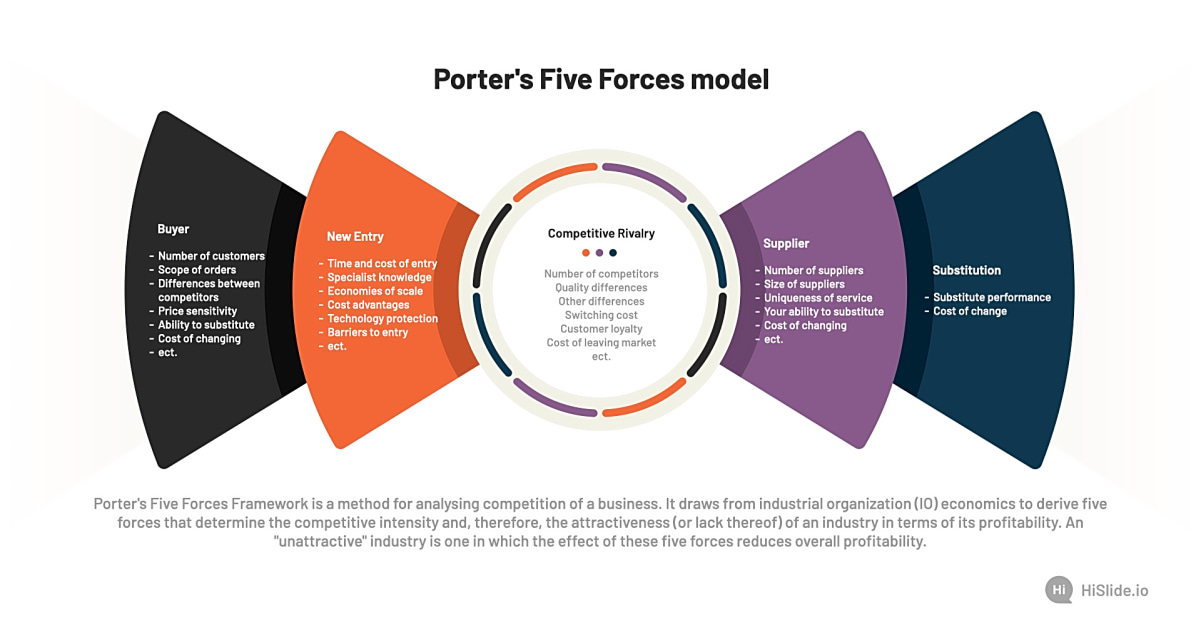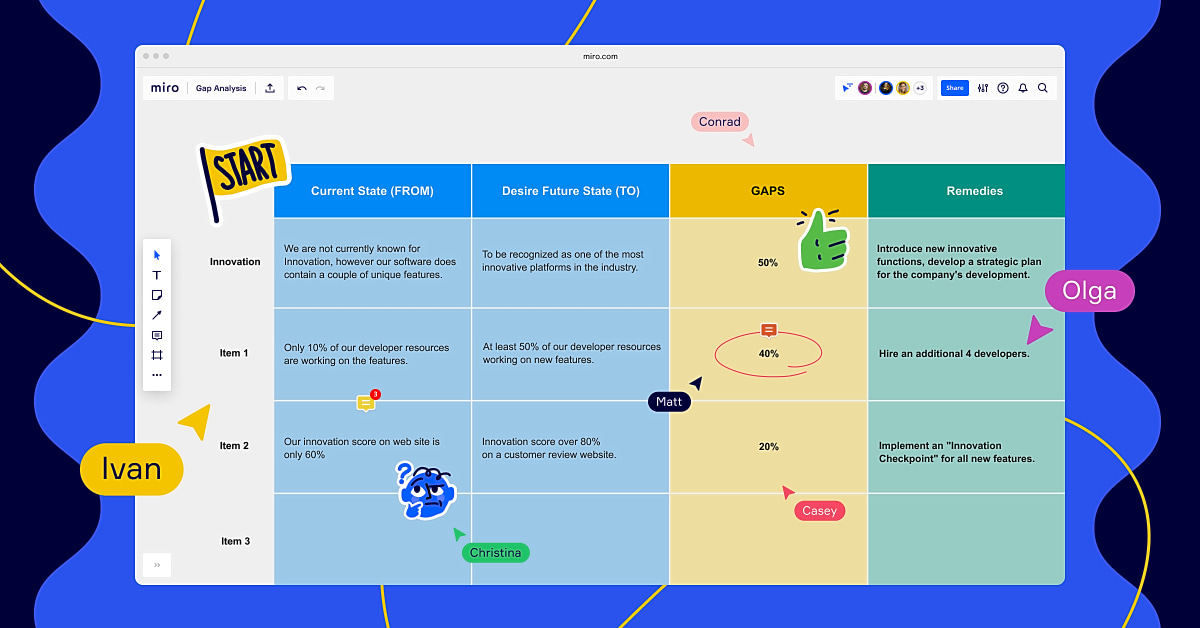Porter’s Five Forces is a well-known and highly influential framework in the business world, created by renowned Harvard Business School professor Michael Porter. It is a powerful tool that helps companies analyze and understand their competitive environment, enabling them to make strategic decisions and gain a competitive advantage. In this article, we will provide a comprehensive introduction to Porter’s Five Forces and how it can be used in the context of SWOT analysis. Whether you are a business student, entrepreneur, or industry professional, understanding this framework is crucial for success in today’s competitive market. So let’s dive in and explore what Porter’s Five Forces is all about.
When it comes to business strategy, understanding the competitive forces at play in your industry is crucial. This is where Porter’s Five Forces comes in. Developed by Harvard Business School professor Michael Porter, this framework helps businesses identify and analyze the key factors that influence their industry’s competitive intensity. In this article, we will delve into the basics of Porter’s Five Forces and how it can be used to gain a competitive advantage.
Firstly, it’s important to understand the five forces that make up this framework: threat of new entrants, bargaining power of suppliers, bargaining power of buyers, threat of substitutes, and rivalry among existing competitors. Each of these forces has a significant impact on the competitive landscape and can affect your organization’s profitability and sustainability.
Threat of New Entrants: This force refers to how easy or difficult it is for new companies to enter the market and compete with existing ones. Factors such as barriers to entry, economies of scale, and government regulations can all impact the threat of new entrants. For example, industries with high capital requirements, such as the airline industry, have a lower threat of new entrants due to the large investment needed to start a business in that sector.
Bargaining Power of Suppliers: Suppliers play a crucial role in any business, as they provide the necessary goods or services for companies to operate. The bargaining power of suppliers refers to how much influence they have in negotiating prices and terms. If there are few suppliers for a particular product or service, they may have a higher bargaining power, giving them more control over pricing and potentially reducing profits for businesses.
Bargaining Power of Buyers: Just as suppliers have bargaining power, so do buyers. This force refers to how much influence customers have in negotiating prices and terms. In industries where there are many options for buyers to choose from, they may have a higher bargaining power, making it difficult for companies to raise prices or maintain profit margins.
Threat of Substitutes: In today’s market, there are often many alternatives available for consumers to choose from. The threat of substitutes refers to how easily customers can switch to a similar product or service if they find it more appealing or cost-effective. For example, traditional taxi companies face a high threat of substitutes from ride-sharing apps like Uber and Lyft.
Rivalry Among Existing Competitors: This force looks at the intensity of competition within an industry. Factors such as the number of competitors, their size, and their strategies can all impact the level of rivalry. In highly competitive industries, companies may struggle to differentiate themselves and may resort to price wars or aggressive marketing tactics to gain a competitive edge.
Applying Porter’s Five Forces to Your Business
use HTML structure with only for main keywords and
for paragraphs, do not use “newline character”
Applying Porter’s Five Forces to Your Business
Now that we have covered the basics of Porter’s Five Forces, let’s explore how you can use this framework to analyze your organization’s competitive landscape.
Applying Porter’s Five Forces to Your Business
Now that we have covered the basics of Porter’s Five Forces, let’s explore how you can use this framework to analyze your organization’s competitive landscape.
Porter’s Five Forces is a valuable tool for businesses looking to gain a deeper understanding of their industry and stay ahead of the competition. By identifying and evaluating the five forces at play, organizations can make more informed strategic decisions and position themselves for success.

